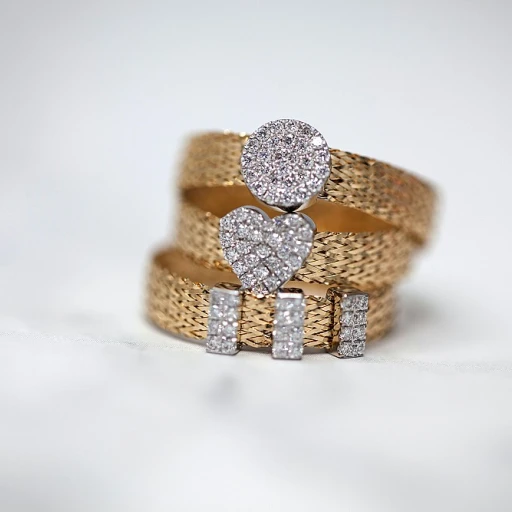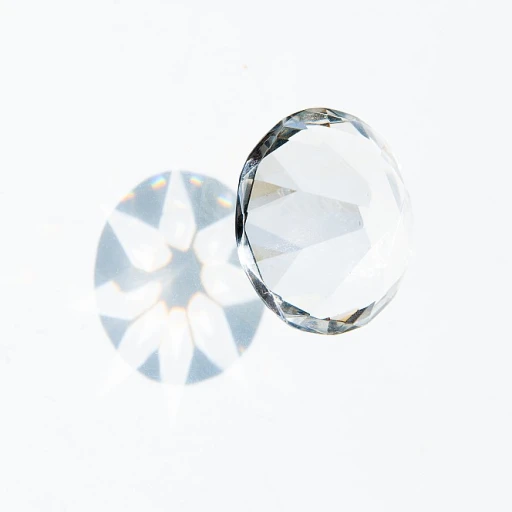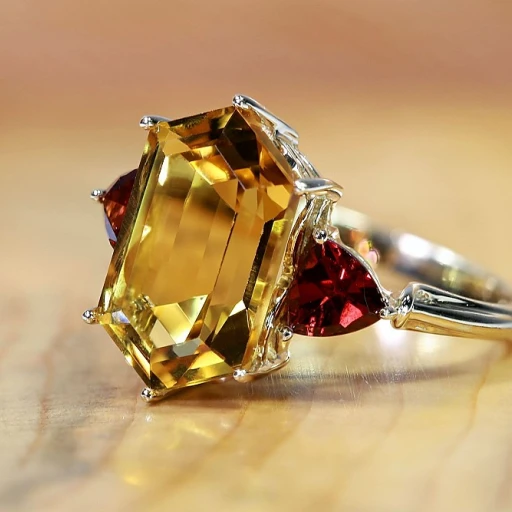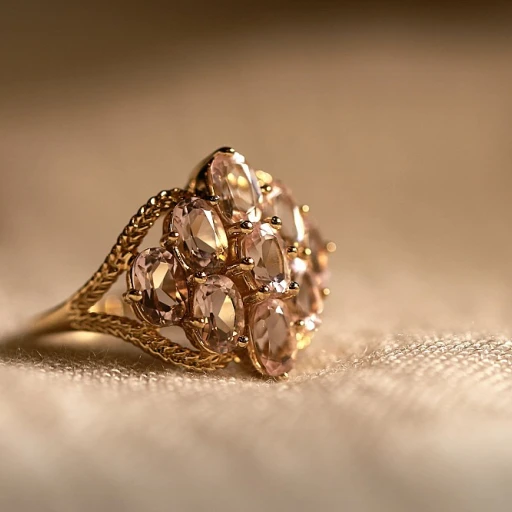
The Importance of Hallmarking
The Significance of Hallmarking in Fine Jewelry
In the world of fine jewelry, hallmarking plays a crucial role in ensuring the authenticity and quality of precious metal items. This process is not just a mere formality; it is a vital step in protecting both consumers and jewelers from fraud and misrepresentation. Hallmarking serves as a guarantee of the metal content and fineness of an item, providing peace of mind to buyers and establishing trust in the market.
Hallmarks are essentially marks stamped on precious metal articles, such as gold and silver, to certify their purity and origin. These marks are not only a testament to the craftsmanship of goldsmiths but also a legal requirement in many countries. The presence of a hallmark indicates that the item has been independently tested and verified by an assay office, ensuring that it meets the traditional fineness standards.
The importance of hallmarking extends beyond individual transactions. It upholds the integrity of the entire jewelry industry by preventing the circulation of counterfeit or substandard items. In the United Kingdom, for instance, hallmarking is a compulsory practice, with the Birmingham Assay Office being one of the key institutions responsible for this process. By adhering to these standards, jewelers demonstrate their commitment to quality and transparency.
Moreover, hallmarking is not just about compliance; it is about maintaining the heritage and reputation of the jewelry trade. The marks, including the sponsor mark and responsibility mark, reflect the identity and accountability of the goldsmiths involved. This tradition is upheld by the Goldsmiths' Company, which has been a cornerstone of the industry for centuries.
As we delve deeper into the hallmarking process and its various aspects, it becomes evident that this practice is indispensable for anyone involved in the trade of precious metals. For a more comprehensive understanding of how hallmarking is conducted, you can explore our detailed guide on hallmarking.
The Hallmarking Process Explained
The Intricacies of the Marking Journey
Understanding the hallmarking process is crucial for both manufacturers and buyers in the fine jewelry industry. It ensures that the value and authenticity of each piece are preserved over time. Firstly, the journey begins with the submission of the jewelry piece to a licensed hallmarking center. These centers are equipped with state-of-the-art technology and skilled professionals who undertake the essential assessment. The hallmarking process involves a series of technical and precise steps that ensure each piece meets international and regional standards for metal purity and quality. Once the piece is at the hallmarking center, a meticulous assessment of the material is conducted to ascertain its composition. Sophisticated techniques like X-ray fluorescence (XRF) or fire assay are employed to analyze the precious metal content accurately. This rigorous evaluation forms the backbone of the hallmarking system, promising an assurance of quality and authenticity. Following successful evaluation, the hallmark—a series of marks consisting of symbols denoting the metal's purity, the certifying authority, and sometimes the maker's mark—is impressed on the jewelry. These symbols collectively provide a "badge of excellence," reflecting a commitment to quality and transparency, which is of utmost importance in the competitive world of fine jewelry. The importance of hallmarking doesn't end here. It acts as a safeguard for consumers, ensuring they are purchasing genuine products and not counterfeit or substandard items. This maintains trust across the supply chain from producers to end consumers. For more depth into the various steps and symbol interpretations, delve into this comprehensive hallmarking guide for the fine jewelry owner.Different Types of Hallmarks
Decoding the Language of Hallmarks
Understanding the different types of hallmarks is crucial for anyone invested in the world of fine jewelry. These marks, often tiny and discreet, carry significant information about the precious metal content, origin, and authenticity of an item. Let's delve into the various hallmarks you might encounter on your jewelry pieces.
Common Types of Hallmarks
- Assay Office Mark: This mark identifies the assay office that tested and verified the metal's fineness. In the United Kingdom, for instance, you might find marks from the Birmingham Assay Office or the Goldsmiths' Company.
- Fineness Mark: Also known as the millesimal fineness mark, this indicates the purity of the metal. For example, a gold item might bear a '750' mark, signifying 75% gold content.
- Sponsor Mark: This is the responsibility mark of the manufacturer or sponsor who submitted the item for hallmarking. It ensures traceability back to the creator or distributor.
- Compulsory Marks: In some regions, additional marks are required by law, such as the date letter or traditional fineness marks.
- Convention Marks: For jewelry traded between contracting states, the Common Control Mark may be used to signify adherence to international standards.
Why These Marks Matter
Each hallmark serves a specific purpose, offering insights into the jewelry's journey from creation to sale. For collectors and enthusiasts, recognizing these marks can enhance the appreciation of an article's history and craftsmanship. Moreover, hallmarks play a pivotal role in legal and ethical considerations, ensuring that articles meet the required standards of authenticity and quality.
While the hallmarking process might seem intricate, understanding these marks can empower you as a buyer or owner, providing assurance of the value and integrity of your precious items.







